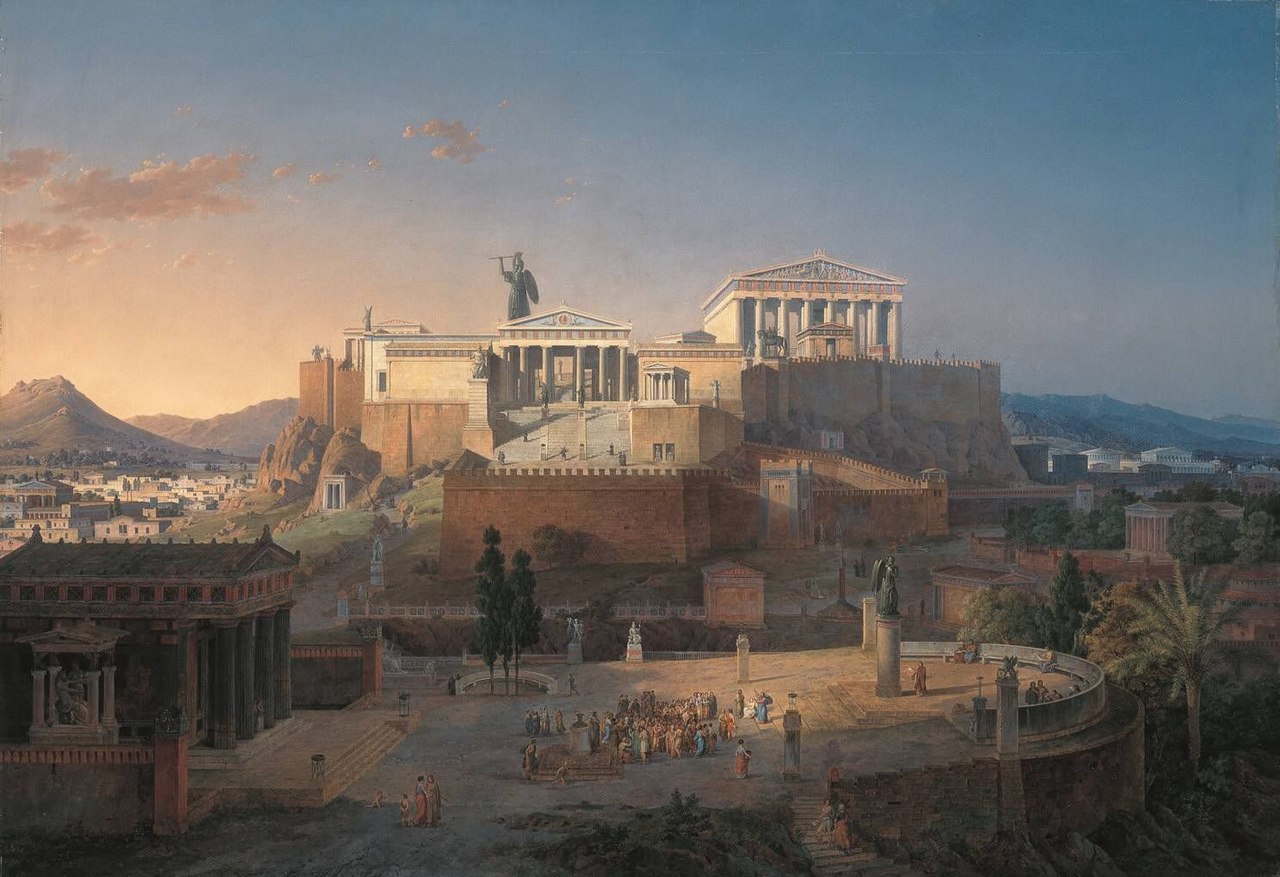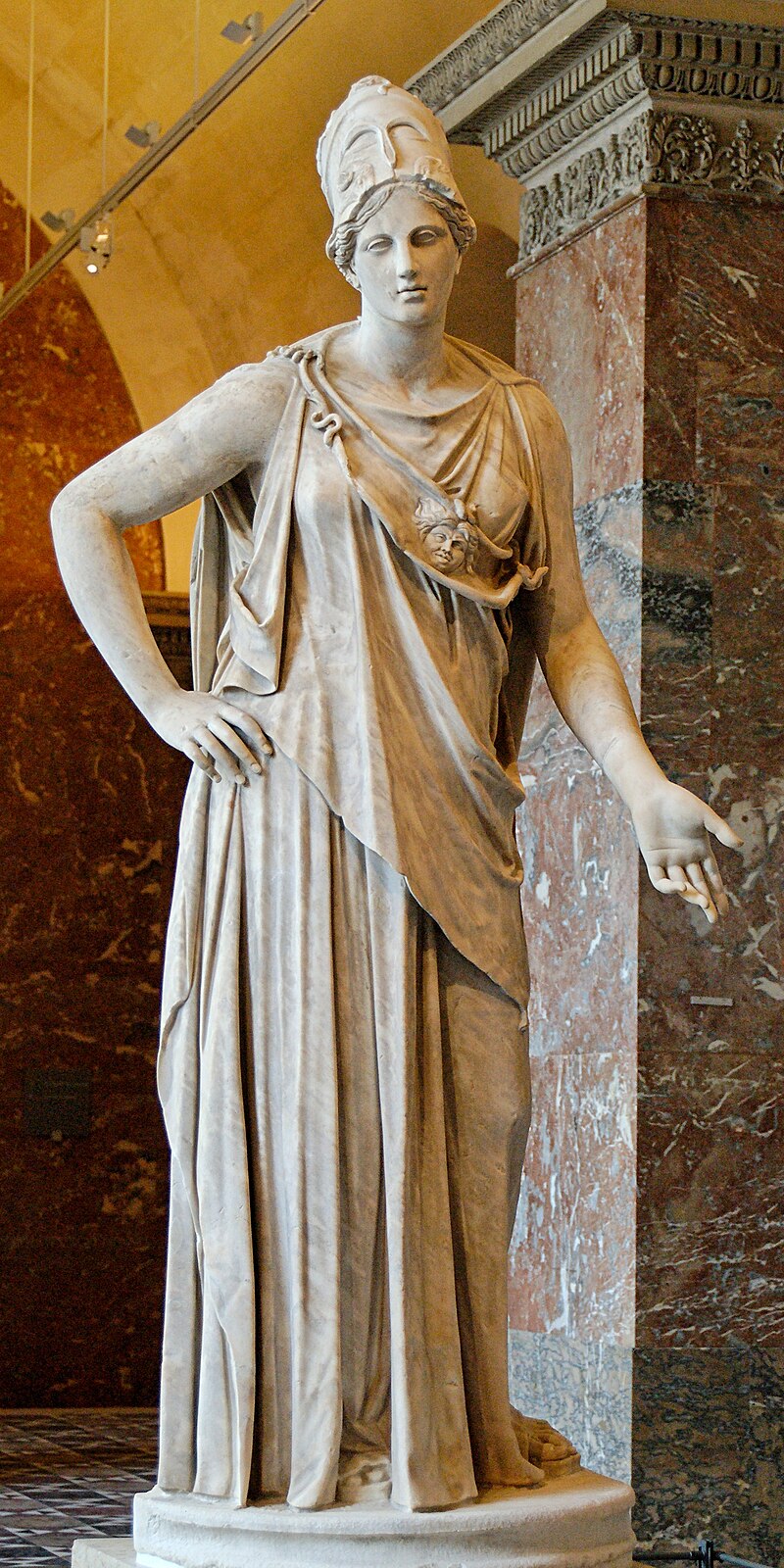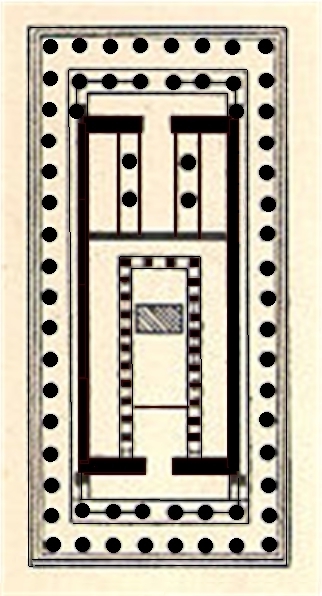Who built the Parthenon and why was it built?

The Parthenon is an ancient temple located on the Acropolis of Athens, Greece. Built by the ancient Greeks during the fifth century BC, specifically the Athenians under the direction of the architects Iktinos and Kallikrates.
Considered one of the greatest examples of ancient Greek architecture.

And its design became based on mathematical and aesthetic principles that were highly valued by the ancient Greeks.
The temple is rectangular in shape and is constructed entirely of white Pentelic marble. Measures 69.5 meters long and 30.9 meters wide. And the roof became supported by 46 outer columns and 23 inner columns. Moreover, the columns became fluted and stand on a base called the stylobate, divided into three levels.

The exterior of the Parthenon is decorated with intricate sculptures. Many of which depict scenes from Greek mythology. The pediments, or triangular gables, at each end of the temple, filled with larger-than-life-size sculptures of gods and goddesses, including Athena, Poseidon, and Apollo. The frieze, running around the top of the exterior walls. Depicts a procession of people, horses, and other animals, and considered one of the finest examples of ancient Greek sculpture.
Inside the temple, the focal point is the large statue of Athena made of ivory and gold. Which found itself housed in the naos or inner sanctuary. The temple also became designed with other smaller chambers and rooms. Including the opisthodomos at the back of the temple, used for storage.
The design of the Parthenon became based on the principles of balance, symmetry, and proportion, highly valued by the ancient Greeks. The use of the Doric order, with its simple and austere design, was also an important aspect of the temple’s architecture. Overall, the Parthenon represents a remarkable achievement in ancient Greek architecture and continues to inspire architects and artists to this day.
The temple became constructed to honor the goddess Athena, the patron deity of Athens.

And to house a large statue of her made of ivory and gold.

In Greek mythology, Athena was the goddess of wisdom, courage, inspiration, civilization, law and justice, strategic warfare, mathematics, strength, strategy, the arts, crafts, and skill.
The daughter of Zeus, the king of the gods, and the Titaness Metis.

According to the myth, Zeus feared that Metis would bear a son who would overthrow him. So he swallowed Metis whole while pregnant with Athena.
Athena then sprang fully grown and armored from Zeus’ head.
Athena enjoyed a highly revered status in ancient Greece. Furthermore, considered the patron deity of Athens, the city named after her. According to legend, Athena won the patronage of Athens in a contest with Poseidon, the god of the sea.

The contest involved the two gods each presenting a gift to the people of Athens, and the citizens would then choose which gift they preferred. Poseidon struck his trident on the ground, causing a spring of salt water to gush forth, while Athena gave them the olive tree, which provided food, oil, and wood.
The citizens chose Athena’s gift, and she became the city’s patron goddess.

Athena became known for her role in protecting heroes during their quests.
And a key ally of Odysseus in the Trojan War. She became depicted in art and literature as a wise and noble figure. Moreover, often wearing a helmet and carrying a shield and spear. In addition to her martial prowess, she also became a patron of the arts and crafts. And became associated with weaving and spinning.

In conclusion, Athena was an important goddess in Greek mythology, associated with wisdom, courage, and civilization. Her worship throughout ancient Greece became widespread. Furthermore, particularly revered in Athens. Where she became considered the city’s patron deity.
The construction of the Parthenon began in 447 BC and was completed in 438 BC.

The construction of the Parthenon was part of a larger building program on the Acropolis of Athens during the fifth century BC, a period of great cultural and political flourishing in Athens. The building of the Parthenon intended to showcase Athens’ power, wealth, and cultural achievements. Also a symbol of Athenian democracy, as the funds for its construction. Moreover, raised through a voluntary tax paid by the citizens of Athens.

The Parthenon’s architecture and decoration designed to reflect Athens’ status as a cultural and intellectual center. Furthermore, the temple’s intricate decoration, including its pediments and frieze, depicted scenes from Greek mythology and celebrated the achievements of Athenian culture.
In addition to its religious and cultural significance, the Parthenon was also a symbol of Athenian power and dominance over its rivals. Moreover, the temple’s design and construction required a significant amount of resources and expertise, demonstrating Athens’ wealth and technological capabilities.
Overall, the building of the Parthenon was an expression of Athens’ political, cultural, and religious identity, as well as its ambition to be recognized as a leading power in the ancient world.
In conclusion, built during the height of Athenian power. And lastly, considered a symbol of Athenian democracy and culture.

Source : Rebellion Research







